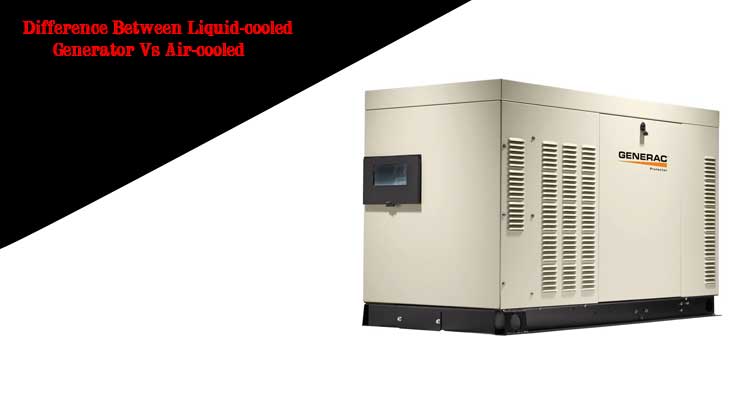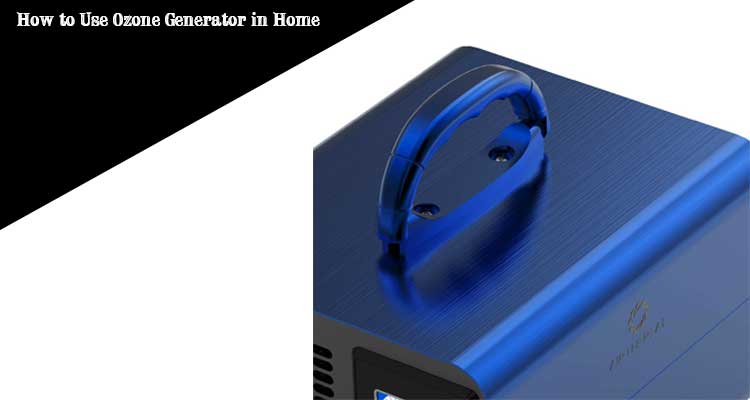How to Determine Generator Size
Getting how to determine generator size is very important. If you get a generator of lower capacity than what is required, it will cause damage to your appliances.
The size of the generator you will need now depends on what you need it for. It is important to get the required size of the generator. And to be on the safer side, get one with a larger capacity than your requirement. If you get a generator of a higher size, the life of the generator will be increased. And there will be consistent production of power and you will enjoy it.
Places you can use a generator
Generators are very useful at home, offices, at different places of work. They serve as emergency power backup in times of power outage. At home, you use it to light the house and to power some of the home appliances. And at different places to power one thing or the other.
The size of the generator you will need now depends on what you need it for. The sizes of generators available are residential-sized generators and industrial-sized generators. The residential-sized generators are portable generators or stationary standby generators, and inverter generators.
Different sizes of generators

Generator size determines the type of fuel it will use. And how much gas it will consume for a working time. The generators differ in power and as well in their designs. So the larger the generator is and how high its output power is will determine the amount of gas it will consume per working hour.
Knowing how to determine the generator size you need is very important in getting a generator. If your generator does not meet up with the required power output. It will not serve you well. You can consult the help of a certified electrician to help you decide the size of the generator you will need.
However, you can decide the size of the generator you will need. You just need to know some basic things like the power and number of items you will need to power. Generators can be classified generally as Industrial generators and Residential generators.
Residential generators
These are small portable or stationary standby m generators. They are useful at home to power some essential appliances like lighting, A.C, refrigerator, laptops, mobile phone and so on. The output size of this generator is about 50 KW for a standby generator. This is enough to power a whole house. And around 2 KW or less for small portable generators for camping or recreational activities. This class of generators is a single-phase generator. The power they produce is only sufficient to power small equipment of lower voltage power.
Industrial generators
These are large generators, capable of producing high voltage power. Their sizes range from about 20 KW to above 30 MW power output. This size of generator is needed by larger industries and businesses because they need much power output capacity. They need a larger size generator to power the whole building and appliances of higher capacity. Like the production and processing machine of high wattage power. They will always need this size of generator either as the primary source or as an emergency power supply source.
Determining the size of generator you will need?
First, you need to determine the sizes of each item that you will need to power. Know the wattage power that will be enough to start and to keep each item running. You can easily get to know all this from the user manual. Or it can be written at some corner on the item. If you calculate all these power requirements by adding them up. Then you will get a power rating with which you can decide which size of generator you are buying.
If your appliances are being rated in amperes, here are formulas with which you can convert them to wattages:
For resistive loads, these are very common:
Wattage = amperes x volts
For reactive loads:
Wattage = amperes x volts x load factor
The ratio of the electric energy (KWh) to peak demand (KW) is known as the load factor. To know your load factor, obtain data from your utility bill and calculate it using:
The total electric energy for the previous month (KWh)/ (your peak demand for the period x 30 days x 24 hours)
If you can find the manual of a particular appliance, you can check online for its wattage details. And you will get all information you need about the starting and running power of the appliance. After you have known the size of power wattage you will need. Choosing the size of generator you will need should not be difficult. When buying the generator, it advisable to get a generator of larger capacity. Say about 10 to 20 percent more than what you need.
Conclusion
The size of the generator you will need now depends on what you need it for. It is important to get the required size of the generator. And to be on the safer side, get one with a larger capacity than your requirement. One thing you should know is that the larger the size of the generator, the higher the fuel consumption. So it is advisable to note this when getting a generator. For residential use, you might not need a very large generator. Getting a portable generator or a standby generator of a smaller size will save you the cost of spending on fueling. For industrial use, you can get a generator with a favorable fueling system.





